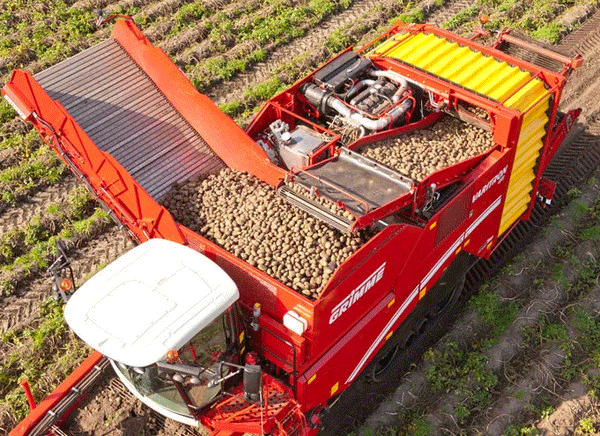Your Planters: Crop Update For Potato Planting From Across The U.S.
The USDA’s National Agricultural Statistics Service (NASS) has released its latest Crop Progress Report, offering a snapshot of how the 2025 potato season is unfolding across key states. With spring temperatures slowly warming and field conditions varying by region, planting is underway but slightly behind the historical norm in some of the U.S.’s top-producing areas.
Let’s take a look at the latest figures:
- Oregon:
As of early April, 24% of Oregon’s potato acreage for 2025 has been planted. While this trails the five-year average of 25%, it’s not a drastic deviation. However, compared to 28% planted at the same time in 2024, the state is seeing a modest slowdown, likely due to cooler soil temperatures and sporadic precipitation earlier in the month. - Washington:
In Washington, 13% of the crop has been planted, which is below the 17% five-year average. Interestingly, this still marks a slight improvement over last year’s 11%, suggesting some growers are pushing ahead despite fluctuating weather patterns in the Columbia Basin. - Idaho:
The country’s largest potato-producing state reports 5% of its crop in the ground—mirroring last year’s pace and just one point behind the 6% five-year average. Snowmelt and irrigation availability are always critical factors here, and growers are watching conditions closely before going full steam ahead.
Regional Comparison & Market Context
According to Potato Grower Magazine and AgFax, farmers in other states such as Colorado, North Dakota, and Maine have not yet begun reporting significant progress, which is typical for this time of year. Colder northern climates and frost risks often push planting into late April or early May.
Meanwhile, global market trends indicate continued strong demand for U.S. potatoes, particularly for processing and export markets. The World Potato Congress recently noted that global processed potato product consumption continues to grow annually by around 4–5%, keeping pressure on U.S. growers to maintain high yields and meet quality standards.
Additionally, as highlighted in USDA Economic Research Service (ERS) reports, input costs—particularly for fertilizers and fuel—remain elevated compared to pre-pandemic levels, making timing and efficiency in planting more critical than ever.
Though the 2025 U.S. potato planting season has started slightly slower than historical averages in some key states, growers are not far behind. With weather conditions stabilizing and field prep nearing completion, a significant uptick in planting activity is expected over the next two weeks. For agronomists, engineers, and farm managers, now is the time to fine-tune equipment, monitor soil moisture, and coordinate labor—because peak planting season is right around the corner.
